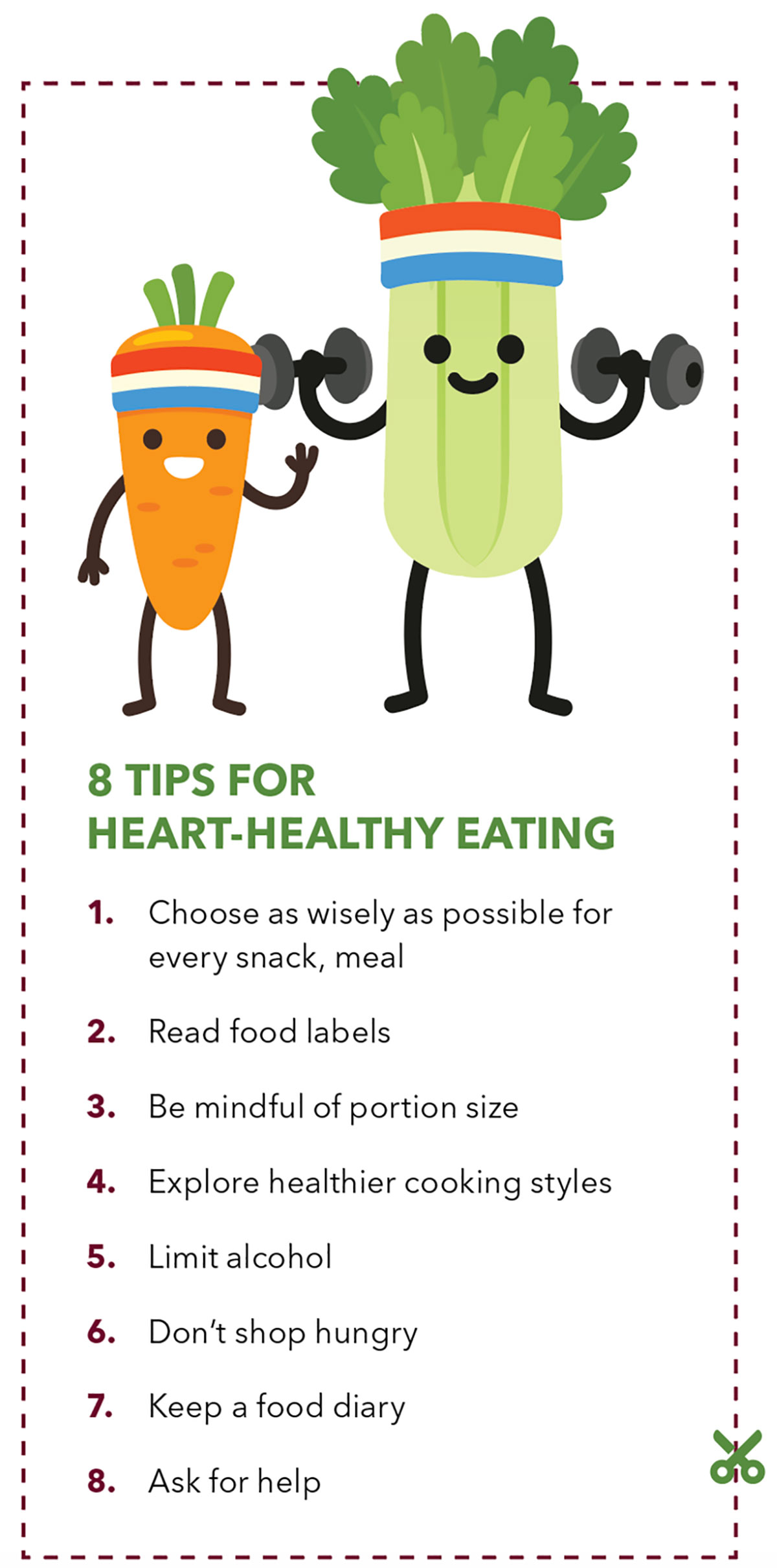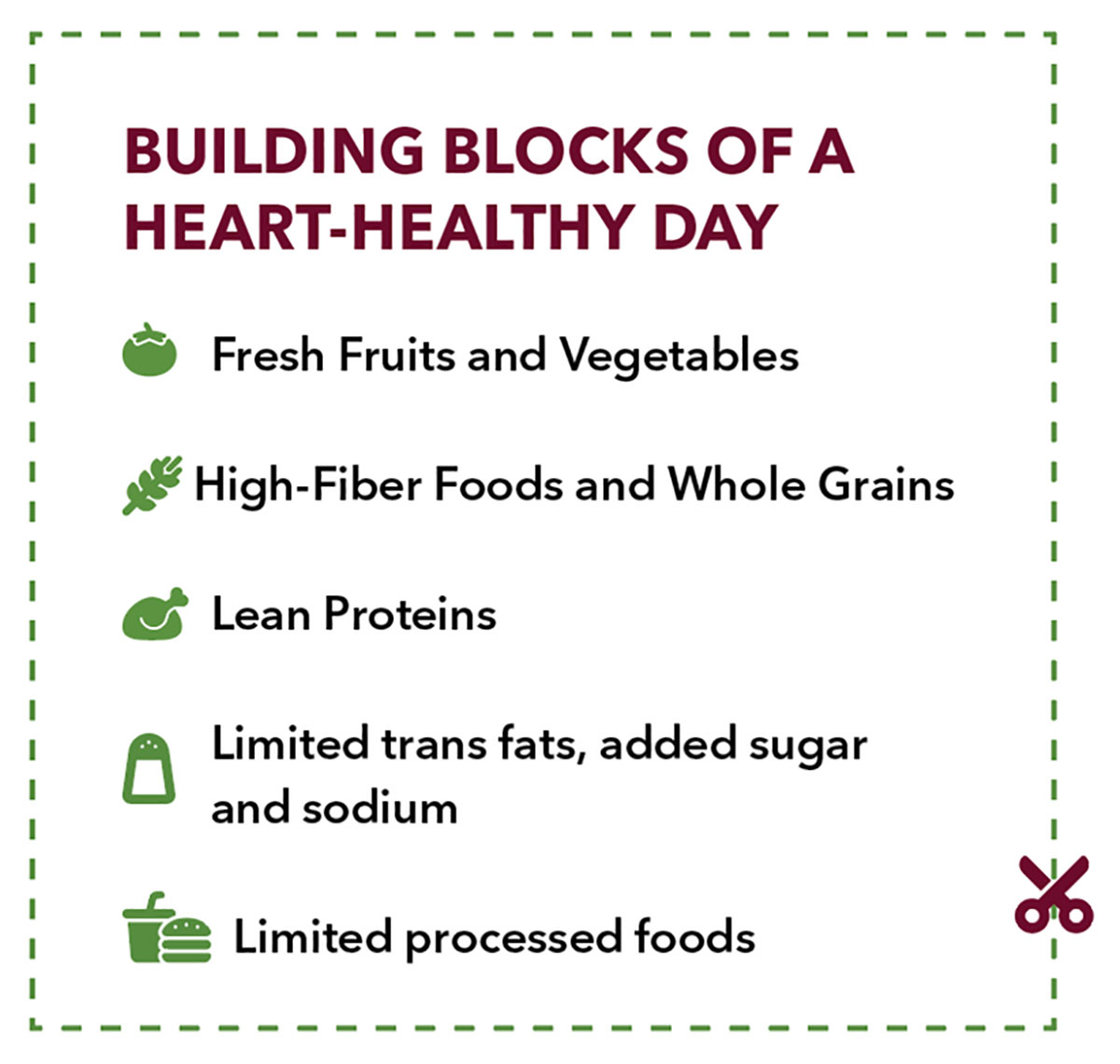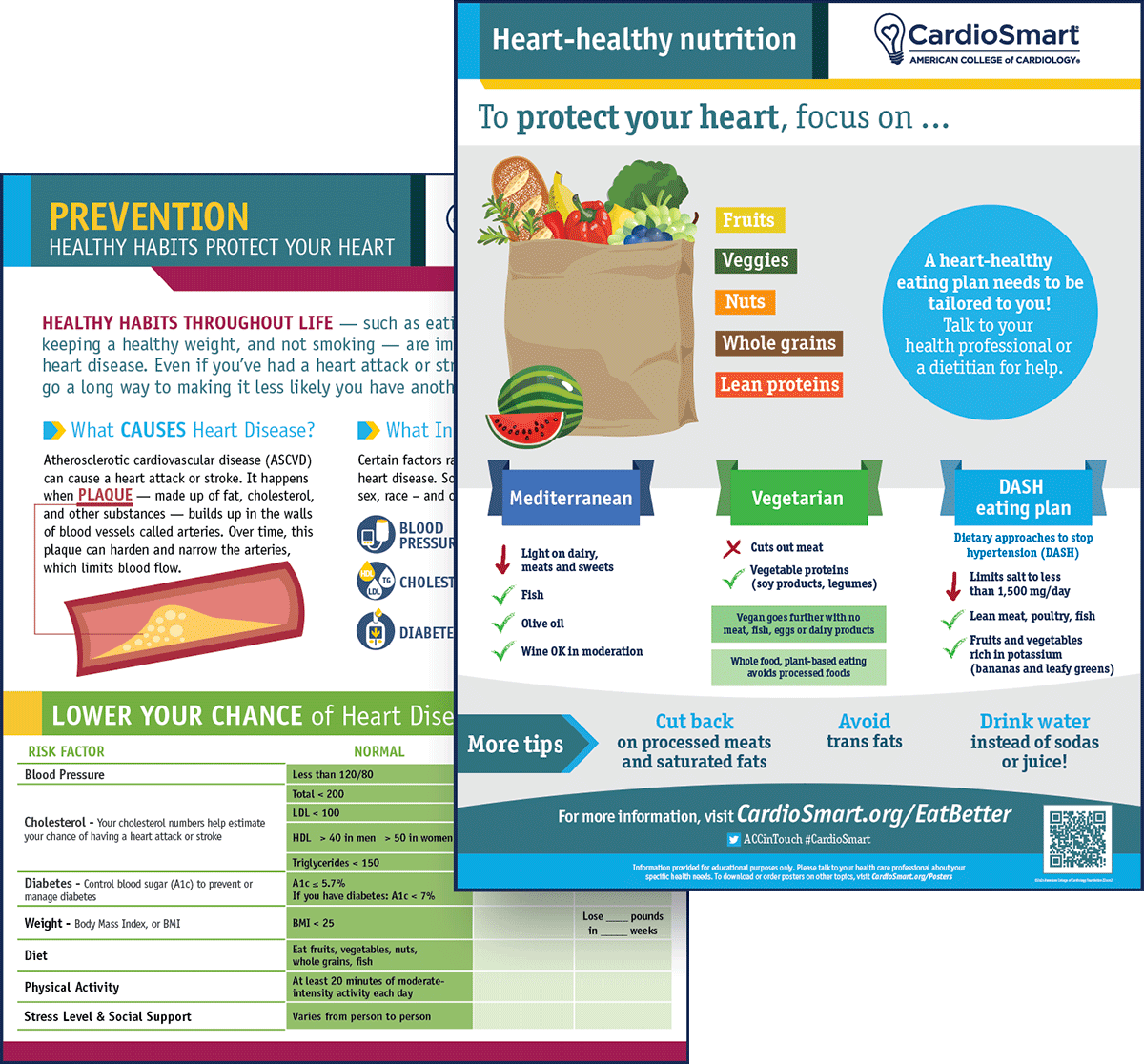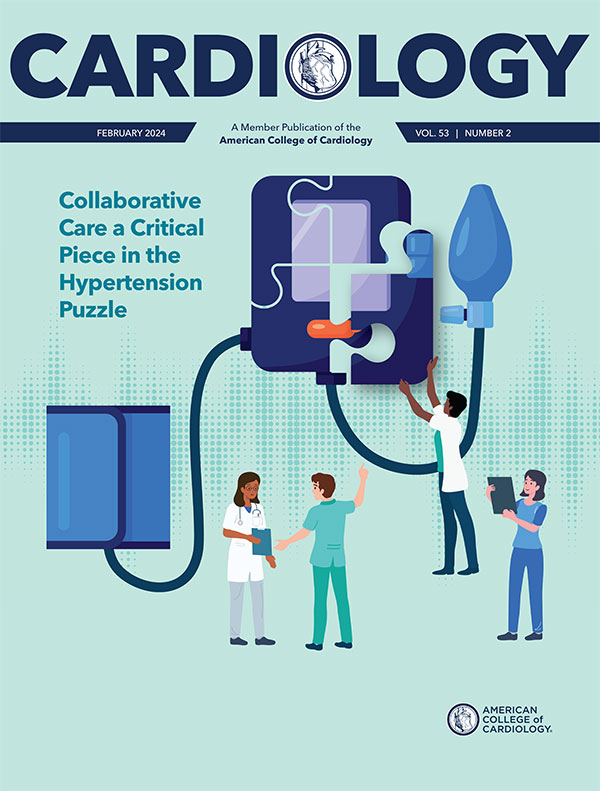Prioritizing Health | Reduce CV Risk One Meal at a Time

A heart healthy approach to eating is a powerful way to reduce the risk of cardiovascular disease. Two "blockbusters" in lowering risk are the Mediterranean eating pattern, with a 47% lower likelihood of disease,1 and the Dietary Approaches to Stop Hypertension (DASH) eating plan with a proven track record in preventing and treating hypertension. The Mediterranean plan with added olive oil and nuts has been shown to reduce stroke or heart attacks by nearly a third in people at high risk.
How can clinicians help their patients capitalize on this powerful tool? A first step can be reframing the discussion away from food restrictions to a way patients can take control of their own health journey. This can empower patients to make sustainable changes to their way of eating that can lead to longer, healthier lives.
Many patients balk at the word "diet" and don't hear the rest of the conversation. Instead, emphasize healthy eating as a lifestyle, one that is good for the entire family. Reinforce that every meal that incorporates nutrient-rich foods is a step that can help protect their heart.


Back to the Basics
What do all heart healthy eating patterns, like the Mediterranean and DASH eating plans, have in common? They emphasize a way of eating that is rich in whole foods including fruits, vegetables, whole grains and unprocessed foods, as well as some fish and olive oil.
This overarching nutrition advice is captured by the 2019 ACC/AHA Primary Prevention of Cardiovascular Disease Guideline, along with recommendations to minimize consumption of trans fats, added sugars, red meats, sodium and saturated fats.2
Proportions of foods and portion control also matter – a simple way to handle portions is to fill half of the plate with nonstarchy vegetables, a quarter with carbohydrate foods and a quarter with protein foods. This method is also beneficial for patients with or at risk of diabetes.
Hold the Salt
Considering that most Americans consume nearly 50% more sodium than the recommended daily limit, educating them about hidden sources and why it matters, and even an actual prescription to reduce sodium intake, are among the strategies to help patients tackle risk factors like hypertension with healthier eating.2
Cooking more meals at home puts patients in full control of the amount of salt added to their food – a key source of extra sodium when eating in restaurants. And cooking at home helps lower the use of processed foods that hide unhealthy amounts of fats, added sugars and sodium.
Remind them that canned foods like beans, tuna and vegetables are healthier choices but harbor high levels of sodium and should be rinsed to remove some of it before cooking.3,4
When eating out, a first step is to select a restaurant that has low sodium choices and marks these on the menu. Even some fast-food venues are now providing low sodium and low fat selections. Another step is to speak up – encourage patients to feel empowered to request that their meal be prepared without table salt or for sauces and dressings be served on the side to manage the amount they eat.
Repeat, Repeat, Repeat
CardioSmart Resources

Click here to download infographics, handouts, worksheets and other tools on heathy eating to share with patients.
Making healthy eating, and other healthy lifestyle habits, a regular part of every patient visit reinforces that diet and healthy habits are just as important as all the other aspects of their care and needs to be monitored in the same manner. It also reminds them to stay on track and that it takes time for it to become second nature.
Create an environment for patient education, with tools and resources at hand to help them achieve their goals. Infographics and other tools from CardioSmart help facilitate conversations with patients about healthy living and giving them the handouts to take home provides support and structure.
References
- ACC News Story. Mediterranean Diet Cuts Heart Disease Risk by Nearly Half. Available here.
- Arnett DK, Blumenthal R, Albert MA, et al. 2019 ACC/AHA guideline on the primary prevention of cardiovascular disease. J Am Coll Cardiol 2019;74:e177-232.
- Juraschek SP, Miller ER, Weaver CM, et al. Effects of sodium reduction and the dash diet in relation to baseline blood pressure. J AM Coll Cardiol 2017;70:2841-48.
- U.S. Food and Drug Administration. Sodium in Your Diet. Use the Nutrition Labels to Reduce Your Intake. Available here.
Clinical Topics: Prevention, Diet, Hypertension
Keywords: Cardiology Magazine, ACC Publications, Diet, Hypertension, Stroke, Myocardial Infarction
< Back to Listings
